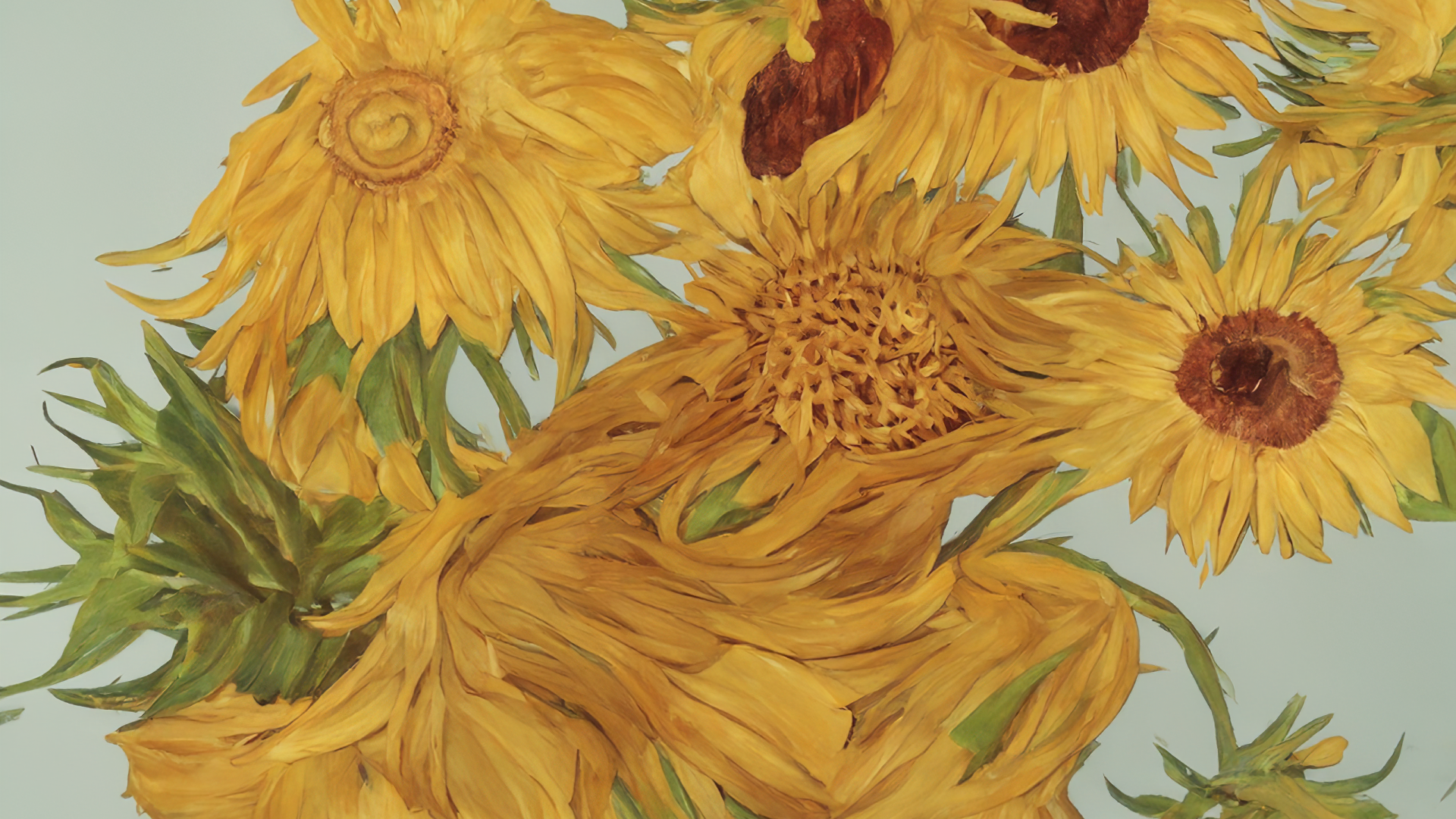
The Imaginary Entity [i]
A contemporary collaboration
between Vincent van Gogh and studio KASBOEK
Studio KASBOEK presents a work about the merging of entities. It tells a story both about intangibility and wonder, and about construction and imagination of reality in the past and present. Starting from “the physical” and using the latest digital techniques, we explore ground-breaking possibilities of perceptual mechanisms.
Would you like to be informed? Please fill out the form below.
The Imaginary Entity [i]
The invitation for an Artist-in-Residence period at the Van Goghhuis in Zundert, provided an opportunity to explore the mechanism of memories as part of R.E.T.I.N.A. Imagine being able to look through the eyes and memories of someone who is no longer there!
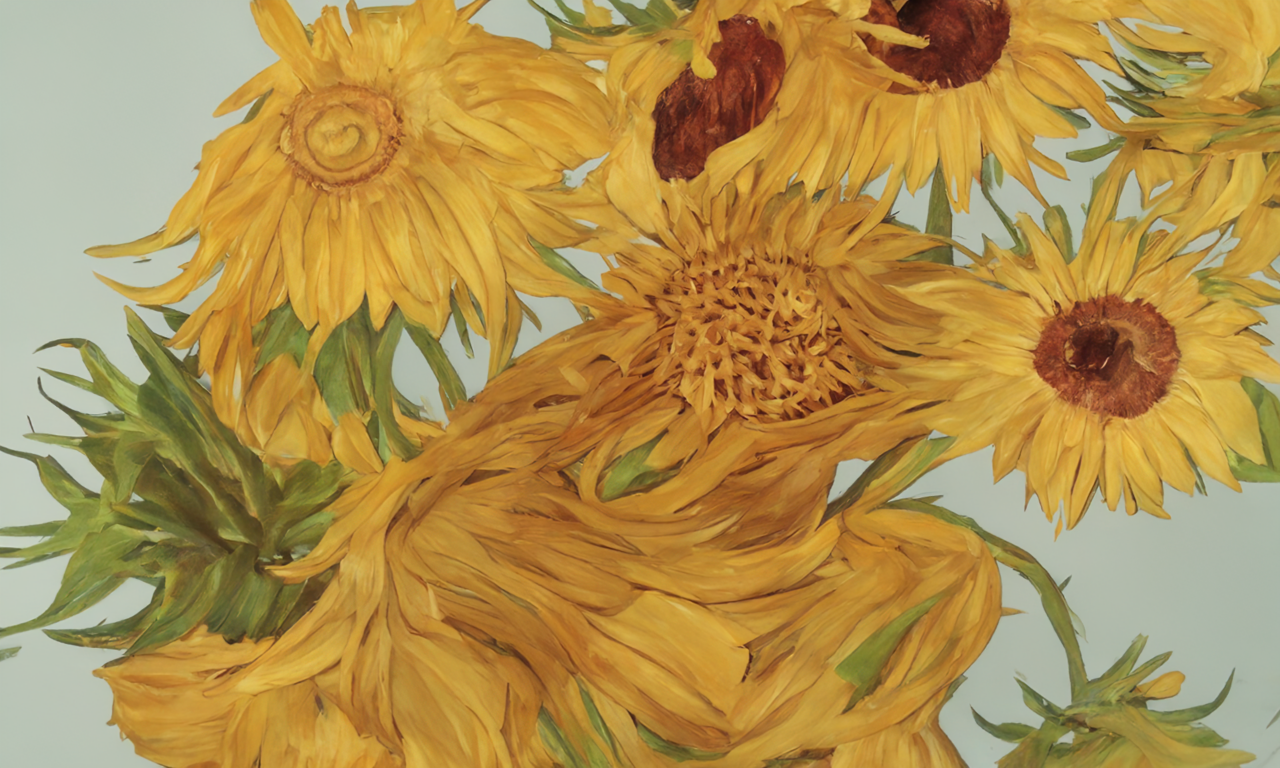
The idea of looking through the eyes and memories of someone who is no longer there is a fascinating concept that at first seems unreal. However, with the development of contemporary digital technologies, it is a reality that seems to be getting closer and closer. Through the use of new digital technology such as AI, it is possible to recreate and simulate memories and experiences of Van Gogh. This makes use of machine learning algorithms, which can analyse and process large amounts of data, including images, videos and written documents, to create a digital representation of one’s memories and experiences.

When we are able to digitally reconstruct someone’s memories and experiences, it is also possible to blend this information with our own by adding our own memories in images and text to the machine learning algorithms as well. Through Van Gogh’s many paintings, drawings and letters, we can explore his perspective, blend it with our own and create new shared experiences and memories as a collective (digital) brain, but the present and past also flow together with it. When you think about it, the possibilities and outcomes of this way of collaborating and merging perspectives is ground-breaking and unprecedented.
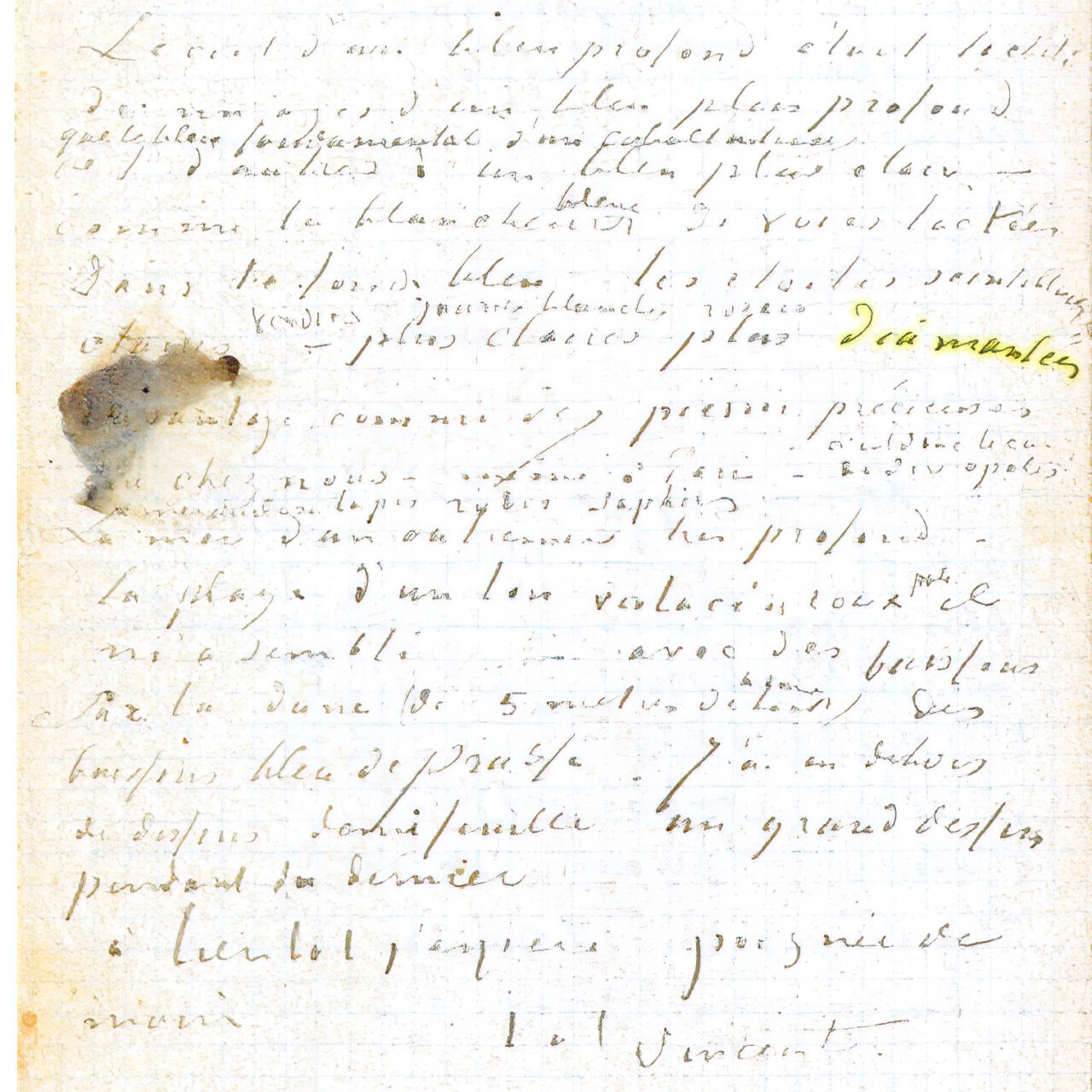
Contemporary collaboration with Van Gogh
One of the first letters we read from him was dated June 3 – the day we started in Zundert – but in 1888. It was the letter about his wonder and inspiration from which he painted his most famous painting, The Starry Night, a year later. This letter stated:
…The deep blue sky was flecked with clouds of a deeper blue than the general blue, intense cobalt blue, and others of a lighter blue, like the blue glow of the galaxy. In the blue background sparkled the stars, bright, greenish, yellow, white, pink; brighter, even more like diamonds and precious stones than with us. …
We found common-ground in wanting to grasp intangible aspects of reality such as wonder. Van Gogh was deeply moved by the stars that, to his eyes, sparkled like diamonds in the night. He used his imagination and artistic skills to translate these memories into works that were meant to bring about the same wonder and elusiveness that he himself had experienced seeing the starry sky. From this he made a number of studies, both in text and paintings, to get to this memory of wonder in as much detail as possible. The experience and perception that you get that remains in memories colours you in itself with your own imagination. For example, of course, you don’t literally see diamonds in the sky, but that is the translation of how you experienced the starry splendour.
In The Imaginary Entity [i] we try to go beyond the limits of creating with, and experiencing, Van Gogh and arrive at a new perspective. From R.E.T.I.N.A., we have a desire to discover and bring about the purest form of the fusion of perspectives and the ever-changing construction of reality. Therefore, in the case of Van Gogh, we do not stand in front of his work to reflect on it, but actively interact with him, using digital techniques to come as close as possible to being able to experience the person Van Gogh, of how he really saw and thought. By adding our own perspectives, memories and imaginations to this and a process of elimination, we arrive at a digital conversation with Van Gogh. The result is an artwork from a collaborative process that tells a story of elusiveness and wonder, the physical and digital world, and the construction and imagination of reality in the past and present.
Vincent van Gogh is known for his bold use of colour, expressive brushwork and emotional intensity in his artworks. One of the unique aspects of Van Gogh’s view of the world was his ability to see beauty in everyday objects and scenes, such as sunflowers, cornfields and starry nights. He had a deep appreciation for the natural world and often used it as inspiration for his art. This led to a unique perspective on the world that was both deeply personal and universally recognisable. He had the ability to convey intense emotions in his work.
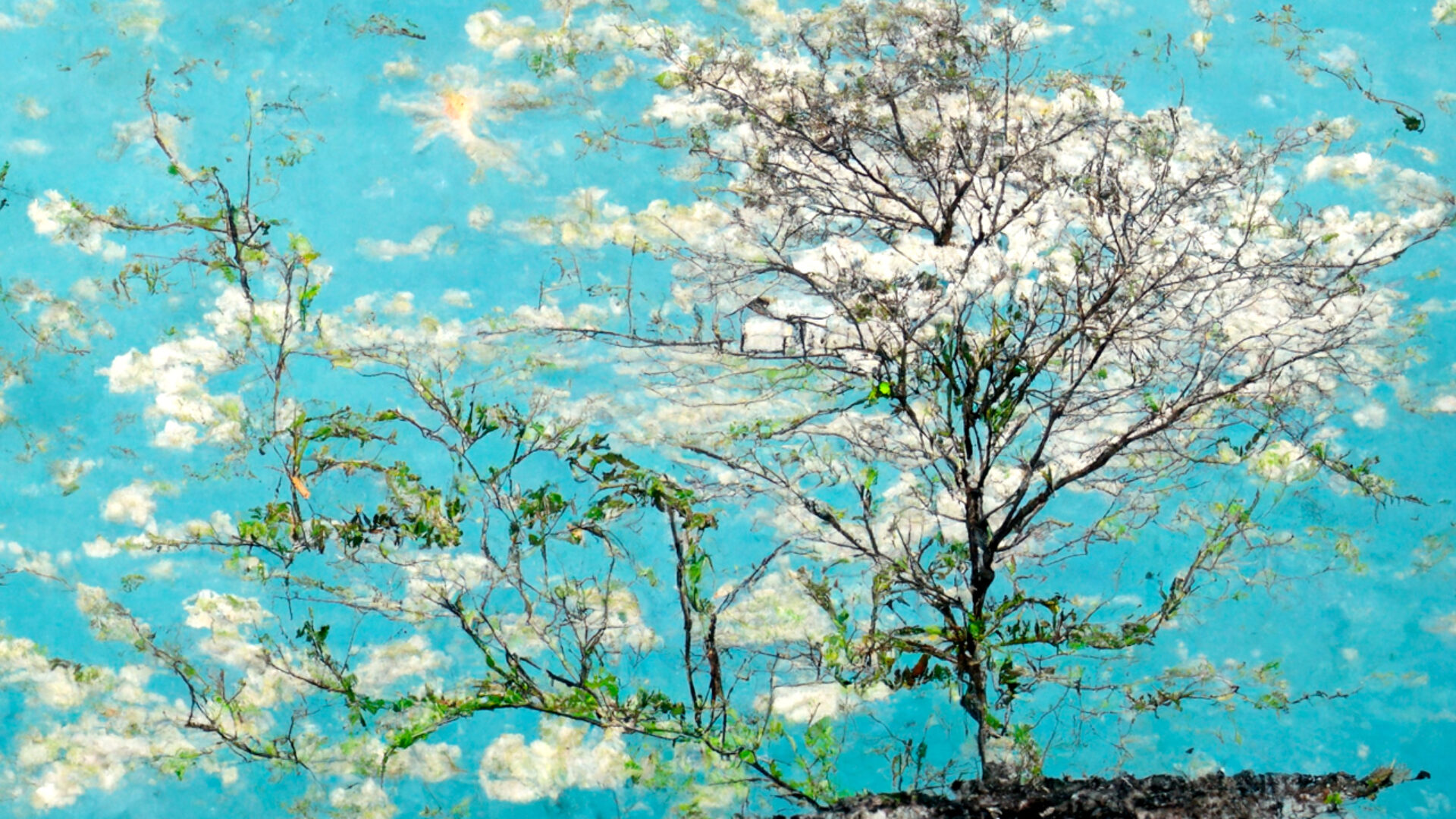
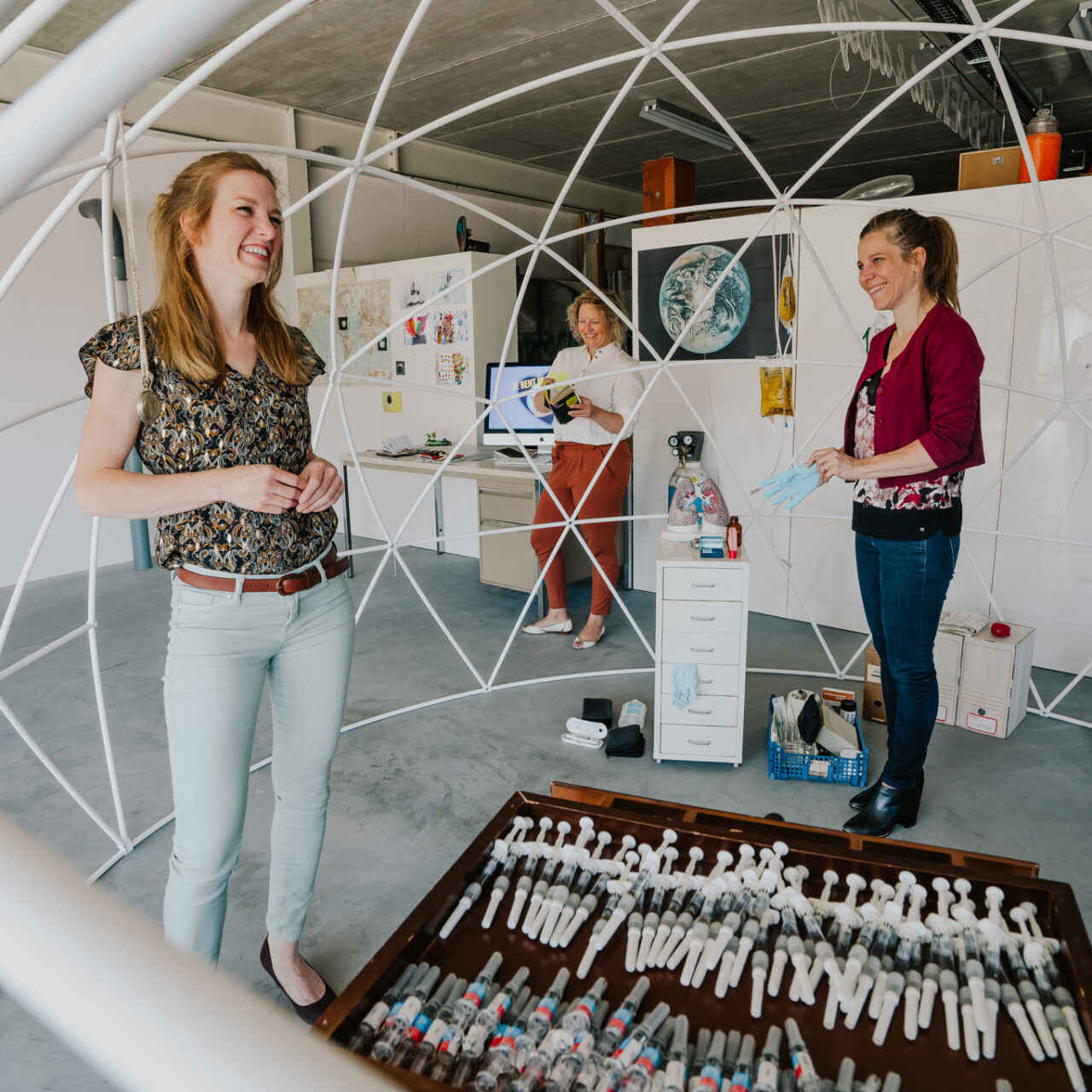
About Studio KASBOEK
Studio KASBOEK is a collective of three women, Cathalijne Postma, Debbie van Berkel and Jojanneke Postma, who are fascinated by how their perception of the world is shaped, deepened and enriched. When they combine curiosity and their different perspectives, they create a kaleidoscopic view of the world. This way of working allows them to see the world in a comprehensive way, with each turn of the kaleidoscope revealing a new and unique reality. By exploring this shared discovery and connecting it to science, digital techniques and other crossovers, they push the boundaries of perception and spark a new perspective on reality. To do this, they use R.E.T.I.N.A., a conceptual framework, which stands for Reality, Evolving, Technological, Inner, Neural, Adaptation. This results in artworks that are meaningful and prompt reflection on how perspective colours and gives colour to what we see and experience.
"By constantly looking at reality from a different perspective, new insights are always revealed."
Conceptual Framework R.E.T.I.N.A
All of KASBOEK’s work relates to the R.E.T.I.N.A. content framework and is a reference to our perceptual mechanism, which is complex and involves integration of sensory information with cognitive processes. Our eyes capture visual stimuli and send signals to the brain. This includes the ability to detect and interpret colours, shapes, patterns and movement. Thus part of the formation of our perspectives has a biological basis. However, the influence from our constantly changing reality and environment also plays a role in the formation of a perspective. It fascinates KASBOEK how this perception mechanism relates to physical and digital reality and vice versa. They make this experiential in their work with the aim of addressing self-awareness and providing space for understanding, wonder and dialogue.
With the advent of the Internet and new technologies, there is still a whole digital world to explore. Through the use of these new technologies, we are significantly pushing the boundaries of perceiving and constructing reality. Digital reality expands and influences perception by definition, as each new medium uncovers an unprecedented reality dimension and therefore a new awareness. Thus, you can even have experiences that you live only in the digital world, but which affect your emotions and perceptions in the physical world. This development changes and influences our perception and experience of reality. Within its work, KASBOEK examines the aspects from the digital and physical worlds, and the interaction between them, that influence this.
The Web evolution briefly explained:
Web 1.0: The first generation of the World Wide Web, also called the static Web, was primarily used for displaying static content. Web sites were simple and had no user interaction. Information was only available to read or download.
Web 2.0: The second generation of the World Wide Web, also known as the social Web, was a major shift to user-generated content and interaction. It introduced social networking sites, blogs, wikis and other interactive Web applications. Users were able to create and share content with others from then on; Web applications also became more dynamic and responsive.
Web 3.0: The third generation of the World Wide Web aims to develop intelligent Web applications that can understand and interpret human language. Web 3.0 aims to create an intelligent and intuitive Web experience by using machine learning, natural language processing and the Internet of Things (IoT) to provide users with personalised and contextually relevant content. But also thinking about the “ownership” of digital realities. It is expected to offer more sophisticated and secure applications, such as blockchain* based decentralised applications (dApps).
*Blockchain is a decentralised digital ledger technology that allows transactions to be recorded and tracked securely and transparently, without the need for a central authority or intermediary.
